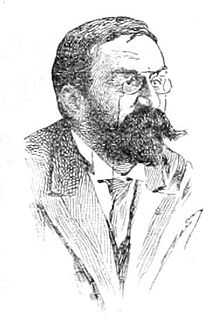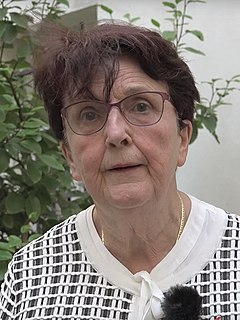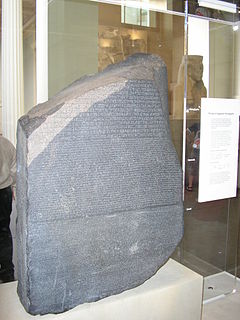
Camille Jullian was a French historian, philologist, archaeologist and historian of French literature, student of Fustel de Coulanges, whose posthumously published work he helped to compile.

Dominique Kalifa is a French historian, professor at the University of Paris 1 Pantheon-Sorbonne, where he is director of the Centre of 19th Century History and member of the Institut Universitaire de France. A student of Michelle Perrot, he specialises in the history of crime, transgression, social control, and mass culture in 19th and early 20th France and Europe. He also taught at the Institut d'Etudes Politiques de Paris from 2008 to 2015, and was several times "Invited professor" at NYU and "Visiting Scholar" at the University of Saint Andrews. From 1990, he is also columnist for the French newspaper Libération. His study about the underworld and its role in the Western imagination is now translated into portuguese (EDUSP), Spanish (Mora) and forthcoming in English. His Véritable Histoire de la Belle Epoque, published in 2017, won the Eugene Colas Prize from the Académie Française. He is currently working on a new project about love, Paris and the topographical imagination.
This is a bibliography of the history of Lyon. The history of Lyon has been deeply studied by many historians who published hundreds of books on architecture, arts, religion, etc., in Lyon throughout centuries.
Jules François Toutain was a French archeologist.
Claude Rolley was a French archaeologist, emeritus at the University of Burgundy, writer on art, archaeology of Greece and Gaule.
André Chastagnol was a 20th-century French historian, specializing in Latin epigraphy and literature.
Mireille Cébeillac-Gervasoni was a French director of research at the CNRS in Paris. She was a specialist of Latin epigraphy and Republican and Imperial Roman history who published numerous research on the ruling local elites of the Roman Republic and early Roman Empire. She also devoted much time on the history and epigraphy of Ostia Antica.
Yann Le Bohec is a French historian, specializing in ancient Rome, in particular North Africa during Antiquity and military history.
Jean-Louis Ferrary is a French historian, a specialist of ancient Rome.
Jean Andreau is a French historian, former student of the École normale supérieure (1960) and former member of the École française de Rome. As of 2016, he is research director at the EHESS.
Émilienne Demougeot was a 20th-century French historian, a specialist of Late Antiquity and Early Christianity. She was one of the first women professors of history at a French university, and the first woman professor at the Faculty of Letters at the University of Montpellier.
Jean-Michel David(1947, Paris) is a French historian, a specialist of political, social and cultural history of the Roman Republic.
Pierre Cosme is a French historian and academic, specializing in ancient Rome.
André Pelletier is a French historian and archaeologist, a professor and specialist of ancient Rome.
Claude Lepelley was a 20th-21st-century French historian, a specialist of late Antiquity and North Africa during Antiquity. His thesis, Les cités de l'Afrique romaine au Bas-Empire, defended in 1977 under the direction of William Seston, profoundly changed the understanding of the urban world in the third - fourth centuries: far from declining, the cities of Africa had some prosperity at that time.
Bertrand Lançon is a French historian and novelist, a specialist of late Antiquity.
Roland Étienne is a French archaeologist and historian specialising in the history of Greek archaeology, ancient architecture and Hellenistic history.

Claude Gauvard is a French historian and Middle Ages specialist. She is also a President of Société de l'histoire de France since 2009.








